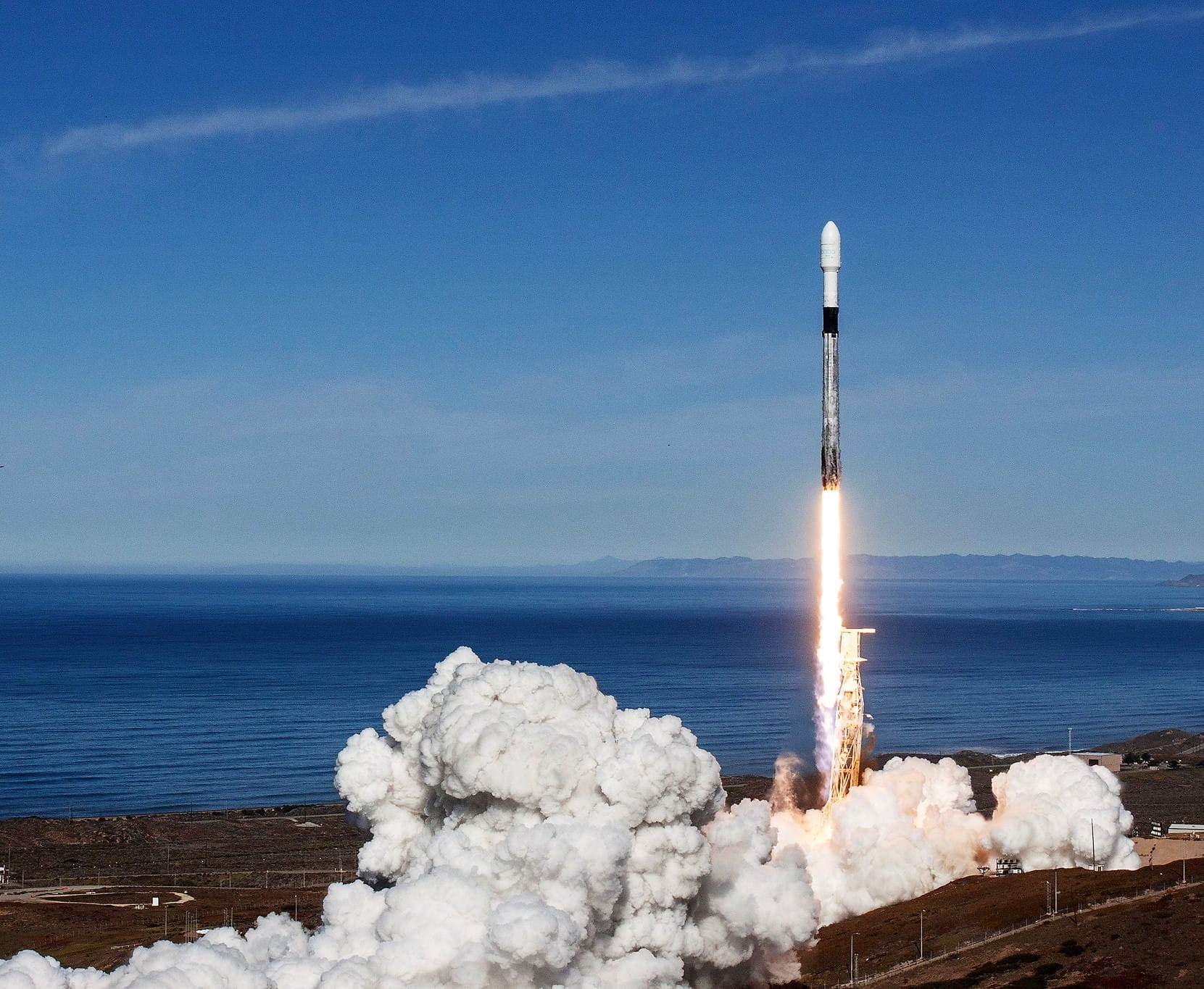The financial news landscape has been recently marked by a notable development: former Intel Chief Executive Officer, Pat Gelsinger, has acquired shares in Nvidia Corporation. This move is significant, given Gelsinger’s long history in the semiconductor industry and his previous role at the helm of one of Nvidia’s major competitors, Intel. Gelsinger’s decision to invest in Nvidia suggests a strong conviction in the future growth trajectory of the artificial intelligence sector and the strategic positioning of Nvidia within this expanding market. While details regarding the precise size of the investment are not publicly disclosed, the move speaks volumes about Gelsinger’s perspective on the industry’s direction. During his time as CEO of Intel, Gelsinger spearheaded initiatives aimed at revitalizing the company’s position in the face of increasing competition from Nvidia, particularly in the areas of graphics processing units (GPUs) and accelerated computing, both central to AI development. These efforts included attempts to regain lost ground in advanced chip manufacturing and to position Intel as a key player in the future of AI hardware. However, Nvidia has, in recent years, established itself as a dominant force in the market, primarily due to its highly efficient GPUs, which have become essential for training and deploying complex AI models. This has led to significant financial gains for the company and an increased influence in the technology sector. Gelsinger’s transition from leading a major competitor to investing in Nvidia is therefore a telling indication of the market’s current dynamics and a recognition of Nvidia’s strategic prowess. This decision underscores the broader narrative of the AI market’s expansion, which requires immense computational power. It also highlights the shift in the semiconductor industry, where companies must adapt quickly to stay competitive. The investment by Gelsinger is unlikely to be a purely personal financial maneuver. Individuals with significant industry expertise, such as Gelsinger, often see investment opportunities through the lens of larger market trends and technological advancements. The decision to purchase Nvidia shares is, therefore, seen by many as an endorsement of Nvidia’s dominance and the overall future of AI technologies. While Gelsinger has not released a formal statement regarding this investment, the implications are clear. It can be interpreted as a tacit acknowledgement of the market’s current valuation of Nvidia’s strategy and the company’s overall position in the competitive AI landscape. This development raises questions about the future strategies of other players in the semiconductor industry as they assess their competitive stance. The move is likely to prompt further discussion on the future of the AI market, as well as the future of Intel and its competition. As the market continues to develop, it will be crucial for companies to position themselves strategically to capitalize on the growing opportunities. Gelsinger’s decision to invest in Nvidia, despite his past history with a competitor, serves as a reminder of the dynamic nature of the tech industry, where adaptability and strategic foresight are crucial to success. The move also underscores the growing impact of AI on the technological landscape and the immense investment opportunities arising from this progress.
Gelsinger Invests in Nvidia, Citing AI Growth Potential



